Re-visiting Khangkhui caves
Dr. Syed Ahmed *
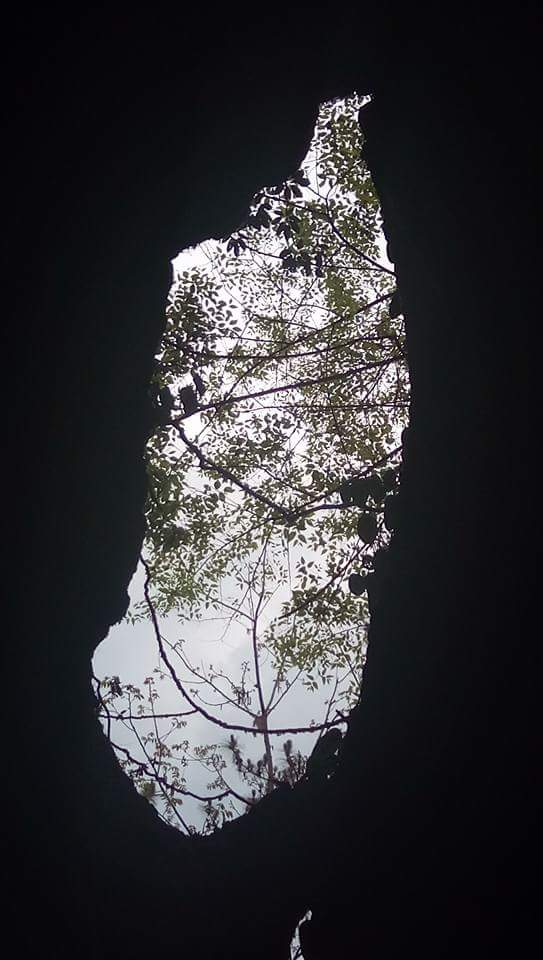
Khangkhui caves in Ukhrul
Few weeks back, I went for a study-tour, along with my students of History Department, D.M. College of Arts, to Khangkhui caves in Ukhrul. The caves are about 11 km to the south-east of Ukhrul town. These caves have, over the years, attracted researchers, tourists and adventurers.
The caves were once occupied by the people of the Stone Age, in all probability, our forefathers. So these caves are significant pre-historic sites and heritage of the State which today’s generation needs to acquaint with.
To my surprise, the students were very enthusiastic of visiting the place and they suggested me the place for our study tour. It was my first visit as was also for many of the students. It was a great opportunity for me to visit the pre-historic site as I teach a unit on Archaeology, including the pre-historic phases of South Asia, to First Semester students.
Phases of Pre-History in South Asia
Palaeolithic Age, or Old Stone Age, represents the earliest phase of pre-history, or Stone Age. Archaeologists have, over the years, found numerous Palaeolithic sites in India. They have studied these sites meticulously. Today the Palaeolithic Age in South Asia is divided into three phases, marked by the type of stone tools, used by the people.
The first phase is the Early/Lower Palaeolithic (600,000-150,000 BC), the second is the Middle Palaeolithic (150,000-35,000 BC), and the last phase is the Upper Palaeolithic (35,000-10,000). People of the Lower Palaeolithic Age used hand axes, cleavers and choppers.
Material remains of this age are found in valley of river Son, or Soan Valley (now in Pakistan), Kashmir and Thar Desert, Belan Valley (UP), Bhimbetka (MP), etc.
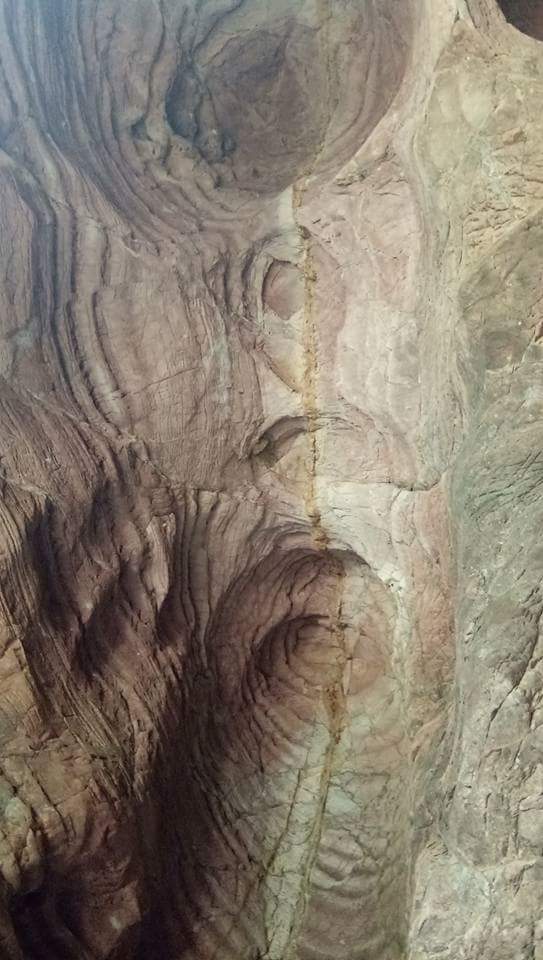
Khangkhui caves in Ukhrul
People in Middle Palaeolithic Age used flakes, and blades, points, borers and scrapers were the principal tools. The sites of this age coincide with that of Lower Palaeolithic Age. So far, 566 Upper Palaeolithic sites have been located in South Asia. The phase was characterised by the presence of grassland dotted with trees, decrease in humidity, which resulted in increase in population.
It coincided with the last phase of Pleistocene (or Ice Age/2 million – 12,000 BC). The people of this age used blades, burins and bone tools. Remains of the age are found in Andhra, Karnataka, Maharashtra, Central part of Madhya Pradesh, parts of UP, etc.
In general, people of the Palaeolithic Age survived on hunting and food gathering. They lived in caves, rock shelters and in the open, mostly in river banks. Art of painting on walls of caves developed in the Upper Palaeolithic phase. These paintings, which depict predominantly dance and hunting scenes, are well preserved at the rock shelters and caves at Bhimbetka, near Bhopal.
The culture of belief in the Supreme Being, or creator, developed in the Upper Palaeolithic phase. The material remains which suggest worship of Mother Goddess during the phase comes from Soan Valley and Baghor I in Madhya Pradesh.
The Palaeolithic Age in South Asia is followed by Mesolithic, or Middle Stone Age (9000-4000 BC) and Neolithic, or New Stone Age (7000-1000 BC).
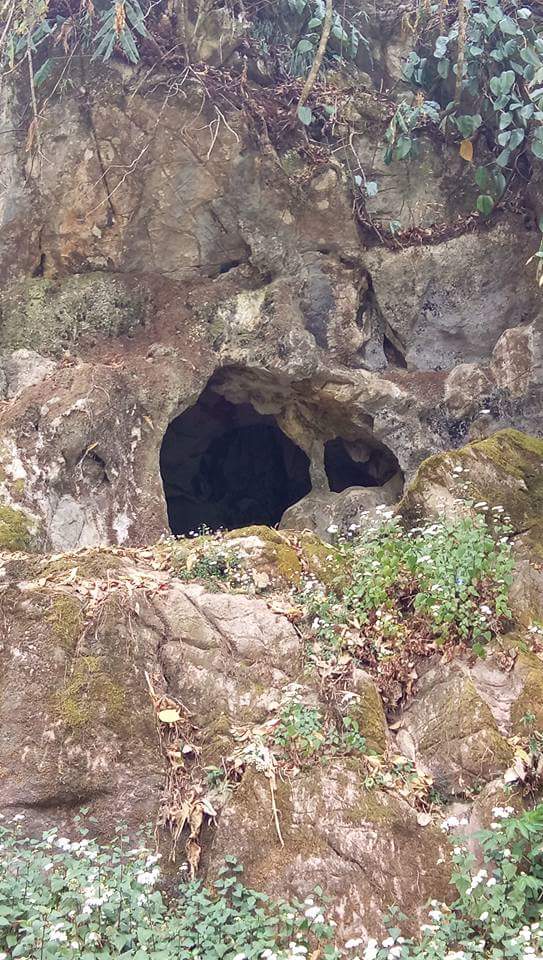
Khangkhui caves in Ukhrul
Old Stone Age in Manipur
In Manipur, Songu Cave in Chandel District (discovered in 1983), Khangkhui Cave in Ukhrul District, Machi in Chandel District and Nongpok Keithelmanbi in Senapati District are the significant sites where material remains of Palaeolithic Age are found.
The first systematic archaeological excavations of most of these Palaeolithic sites were done by the renowned Archaeologist and Anthropologist, Dr. O. Kumar Singh. It was after the publication of the findings of the studies that Manipur was included in the pre-historic map of India. O. Kumar published his slim volume of his overall research findings, titled Archaeology of Manipur (1988).
O. Kumar is of the opinion that human settlement in Manipur began since the pre-historic times, and the earliest settlement took place in the hills, particularly in the Songu cave in Chandel and Khangkhui caves in Ukhrul District. Later, towards the closing stage of the Pleistocene era, probably, due to increase in temperature, primitive people came down to the lower altitude near the periphery of the valley, and the present archaeological evidences show that the Neolithic people populated the valley as early as about 2000 BC, he concludes.
O. Kumar, who served as Superintendent of the State Archaeology Department, Manipur, explored and excavated many archaeological sites in Manipur and published books based on his findings. Some of the books are Napachik, a Stone Age site in the Manipur Valley (1983), Report on the 1994 Excavation of Sekta, Manipur (1997), Importance of Kangla (2005) and Pottery through the Ages (2009).
Khangkhui Caves
Khangkhui caves were mentioned by several explorers, including the explorer, botanist and naturalist, Frank Kingdon-Ward (1885-1958), who found Shirui Lily on the Shirui Hills. The Khangkhui caves are part of the limestone hill range, which lies at an elevation of 1,767 above sea level. Khangkhui caves consist of four caves.
O. Kumar, during his excavation undertaken at Khangkhui caves in 1969, discovered large number of pre-historic artefacts from two of the caves. A preliminary digging at the caves yielded many stone and bone tools along with fossilized faunal remains of cervus, sus, bovine, etc.
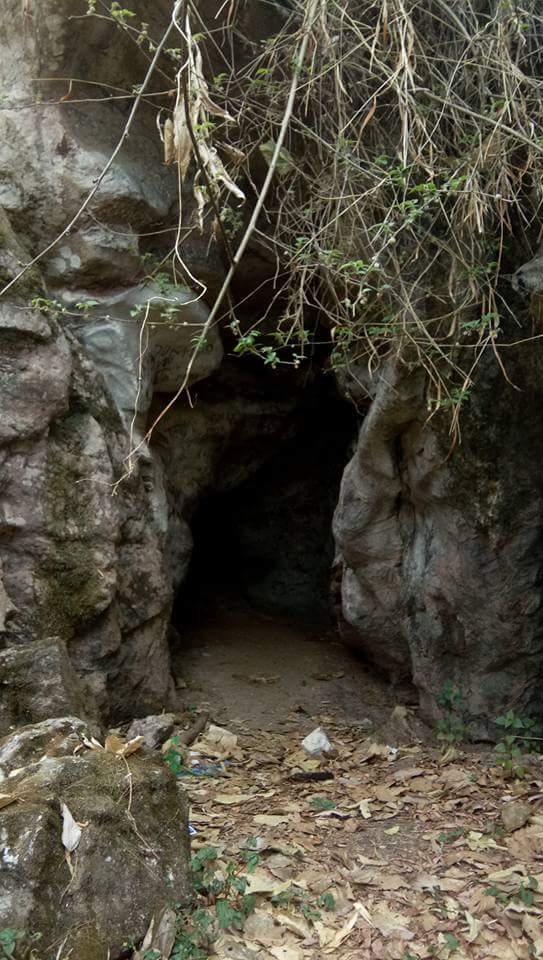
Khangkhui caves in Ukhrul
The stone tools were mostly flake and blade tools, along with few core tools. The flake tools comprise of different types of scrapers, points, burins, borers, knife, etc. The core tools consisted of hand axes, cleaver, and choppers.
Most of the tools were made of limestone, while a few were made of sandstone, quartz and chert. The bone tools found comprised of points, scrapers, chisels, perforators and blunted back knives. H.D. Sankalia (Indian Archaeology Today, 1979) suggests that the tools were manufactured on a branded variety of cert or sandstone, and made on a flattish, ovallish pebble.
The stone tools found at Khangkhui caves, according to O. Kumar, are comparable to that of Choukoutien Cultures of China. It was at Choukoutien site that one of the first specimens of Homo erectus, popularly called Peking man, was discovered.
A stream, which is a tributary of the Thoubal River, flows near the western hillock, which made the Khangkhui area suitable for human habitation and settlement.
Archaeologist, T.C. Sharma (quoted in Gangumei Kamei, History of Manipur, 2011) also points out that the remains found at the Khangkhui caves were of Upper or Late Palaeolithic phase.
However, a popular legend relates that Khangkhui caves, locally known as Khangkhui Mangsor, was the abode of a king, named Mangsorwung, who lived with his family at the caves. A chamber was occupied by his first wife, while another chamber by his second wife. The other caves were named after his sons. The biggest hall had the throne of the king.
It is said that Maharaj Budhachandra (1941-1955) visited the Khangkhui caves in 1942. He erected a memorial stone at the entrance of the cave. However, the stone is not seen today.
Middle and New Stone Ages in Manipur
The Hoabinhian culture represents the transitional period between the Palaeolithic and Neolithic in South-East Asia, which is known as Mesolitic in other parts of the world. The remains, found at Tharon caves in Tamenglong District and Nongpok Keithelmanbi in Senapati, indicate existence of Hoabinhian culture.
The remains of Neolithic come from Napachik, Wangu in Bishenpur and Phunan in Imphal District.
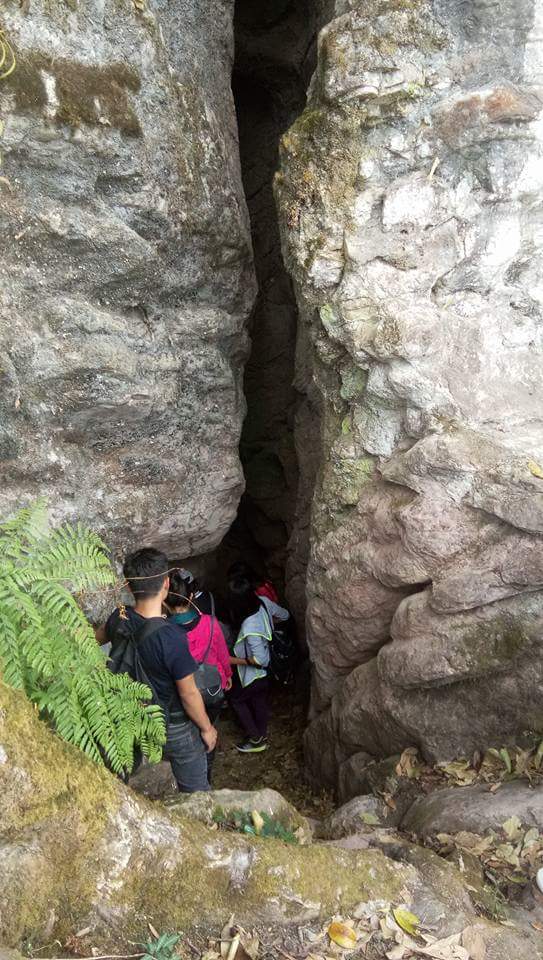
Khangkhui caves in Ukhrul
Archaeological studies in Manipur
Archaeological excavations and studies were initiated in Manipur as early as 1935 by the first Archaeologist and Linguist of Manipur, W. Yumjao Singh. He conducted excavations and studies at Kameng, Sangaithen and collected archaic manuscripts, copper-plates and coins. A report on these archaeological findings was published as Report on the Archaeological Studies in Manipur (1935).
Many of his material findings were send for examination by experts to the Indian Museum at Calcutta. However, the analysis reports were never published. W. Yumjao wrote several books on early history of Manipur, including An Early History of Manipur (1966) Ancient Religion of Manipur (1967) and Archaic Meitei (1985).
It may be mentioned that the State Government started excavation, exploration and preservation of the archaeological sites and remains, and the ancient and historical monuments with the institution of Manipur State Archaeology in 1978. In 2005, the Kangla Fort Board was set-up, under the Kangla Fort Act, 2005, to oversee the administration and development of the Kangla, the ancient capital of Manipur.
Over the years, the Manipur State Archaeology has located and studied many pre-historic and historic sites, sculptures and monuments, and taken up steps for their preservation. The Kangla Fort Board has also initiated the work of restoration and preservation of the Kangla and its monuments. However, many of the pre-historic sites in the interiors of the State need further studies and protection.
* Dr. Syed Ahmed wrote this article for e-pao.net
The Writer is an Assistant Professor at D. M. College of Arts, Imphal and can be reached at syed_ahmed4(AT)yahoo(DOT)com
This article was posted on 17 May, 2018 .
* Comments posted by users in this discussion thread and other parts of this site are opinions of the individuals posting them (whose user ID is displayed alongside) and not the views of e-pao.net. We strongly recommend that users exercise responsibility, sensitivity and caution over language while writing your opinions which will be seen and read by other users. Please read a complete Guideline on using comments on this website.








